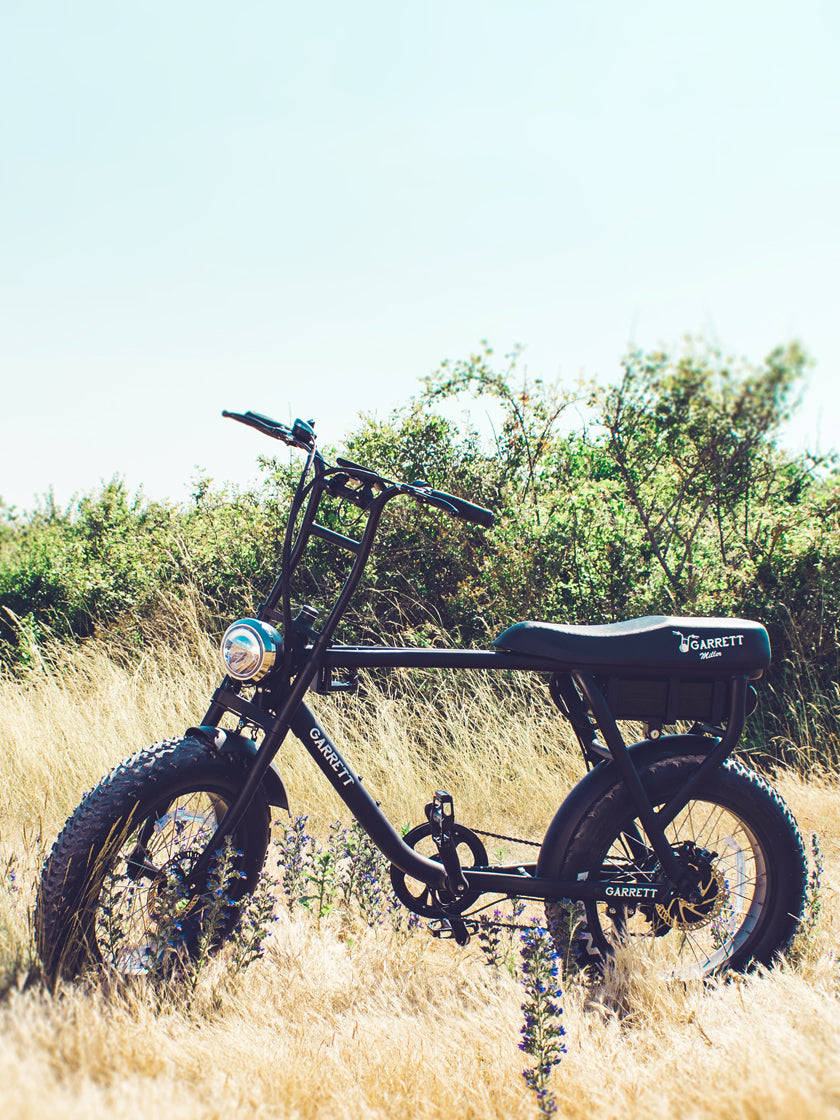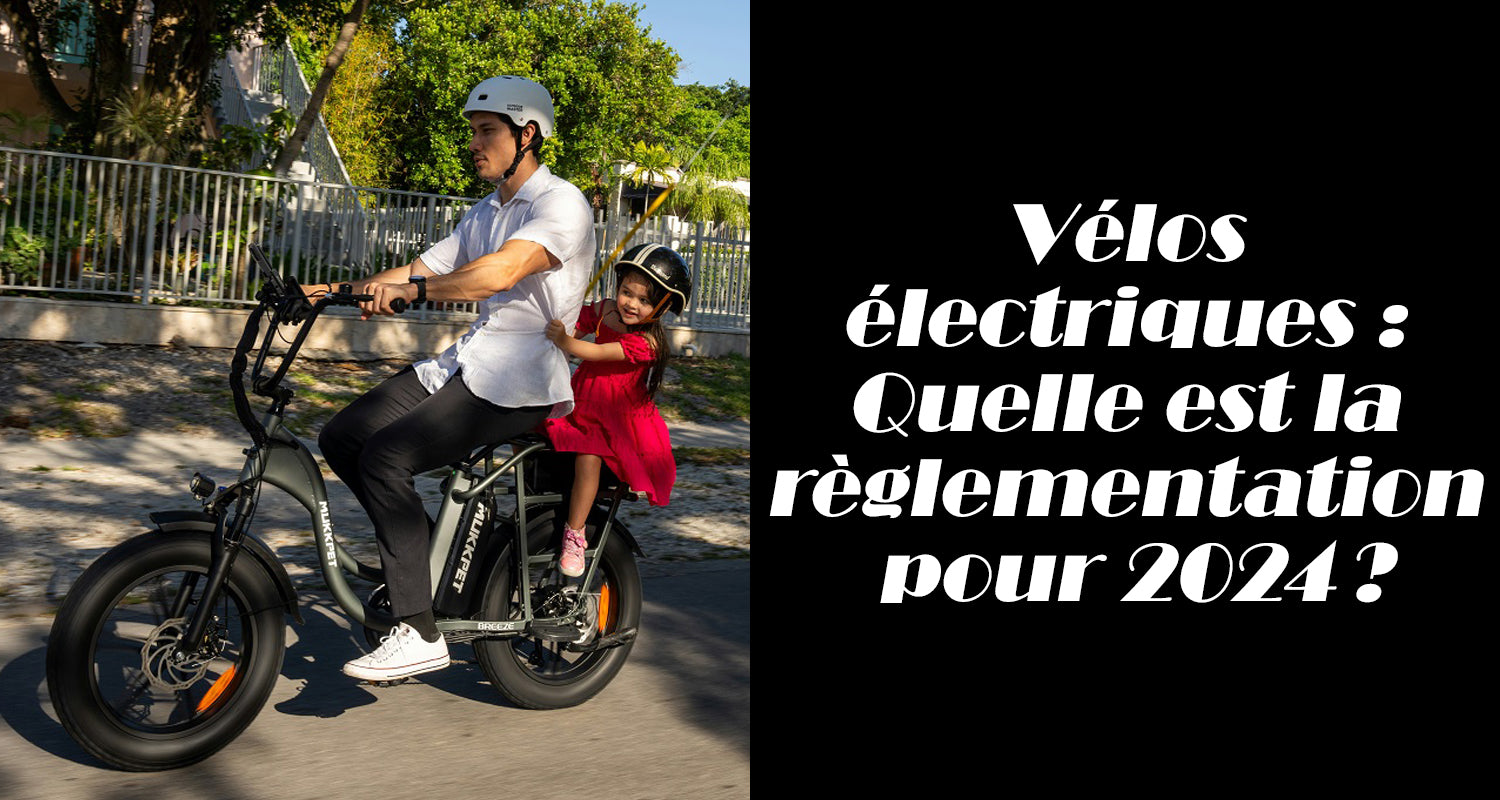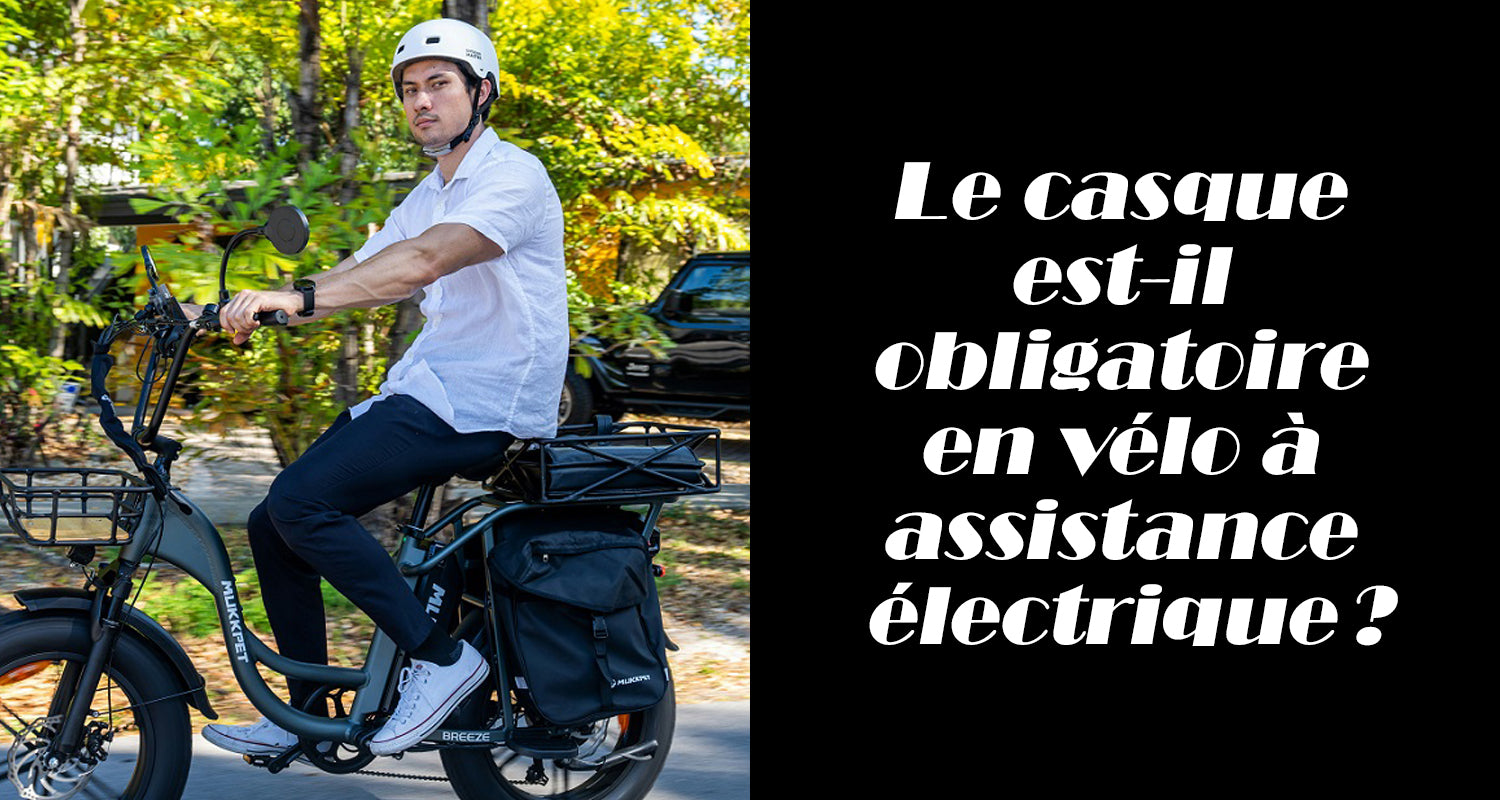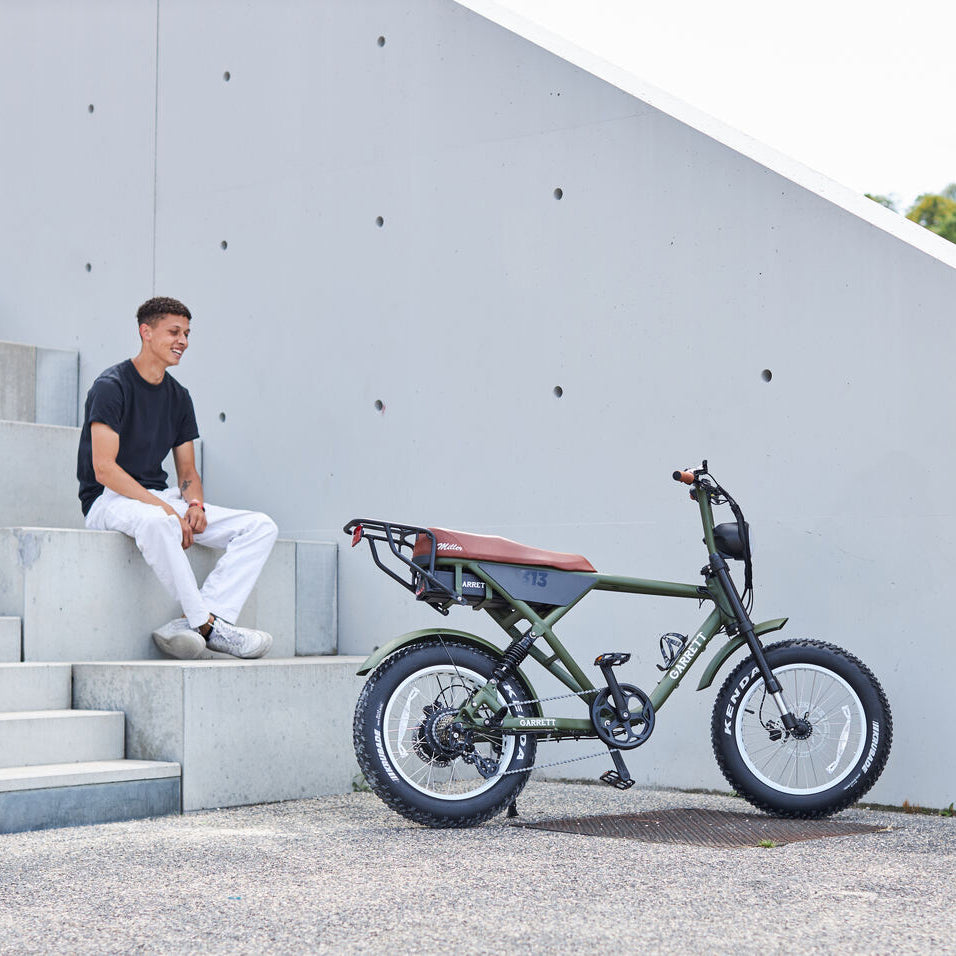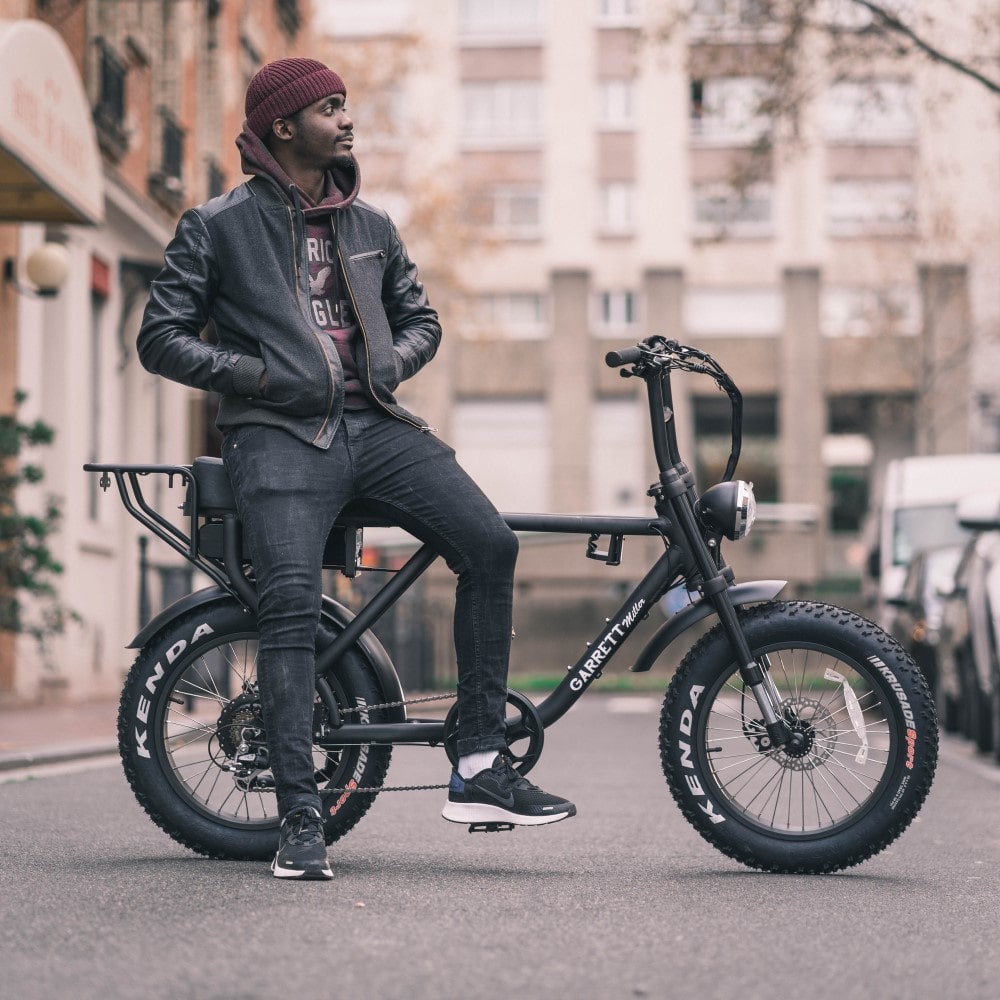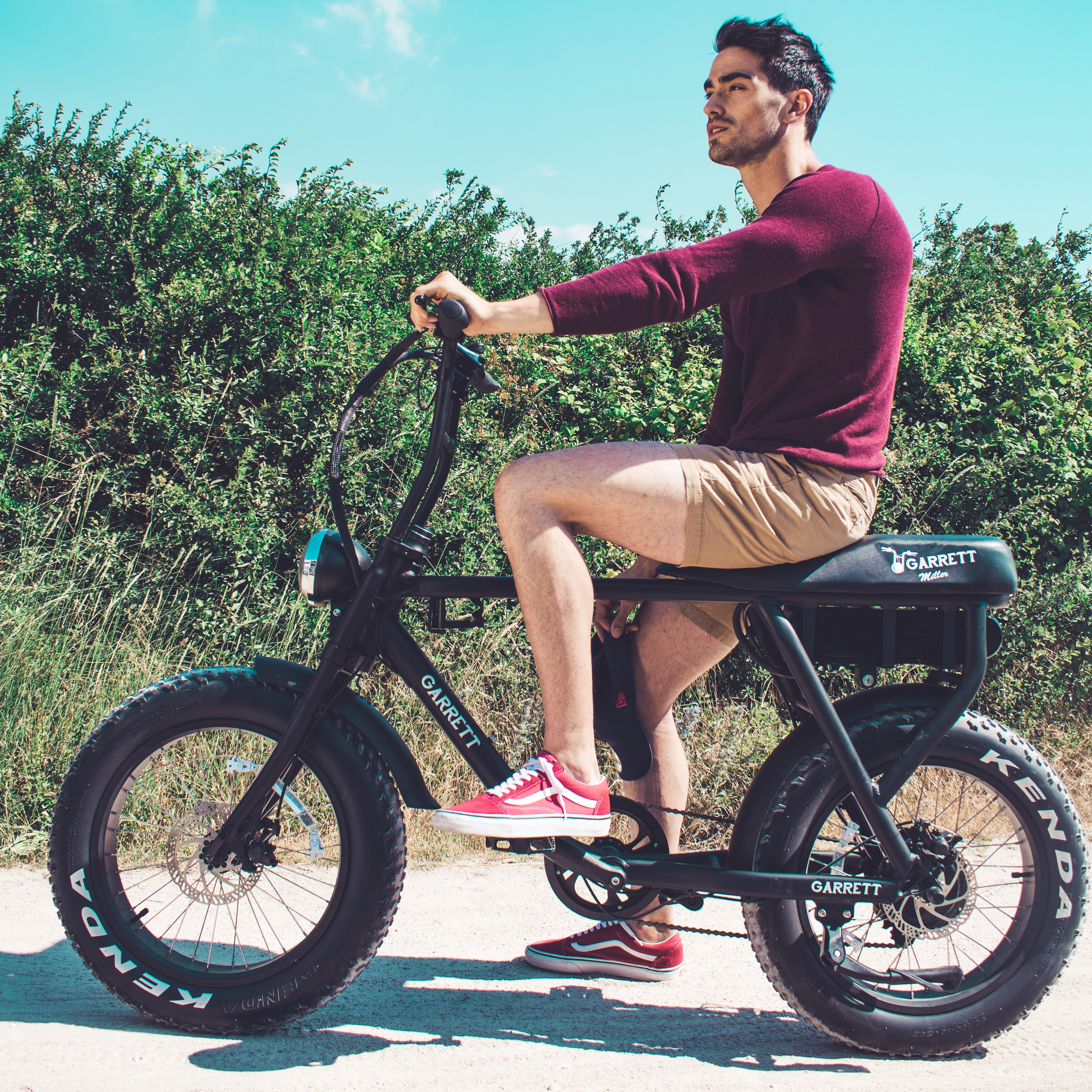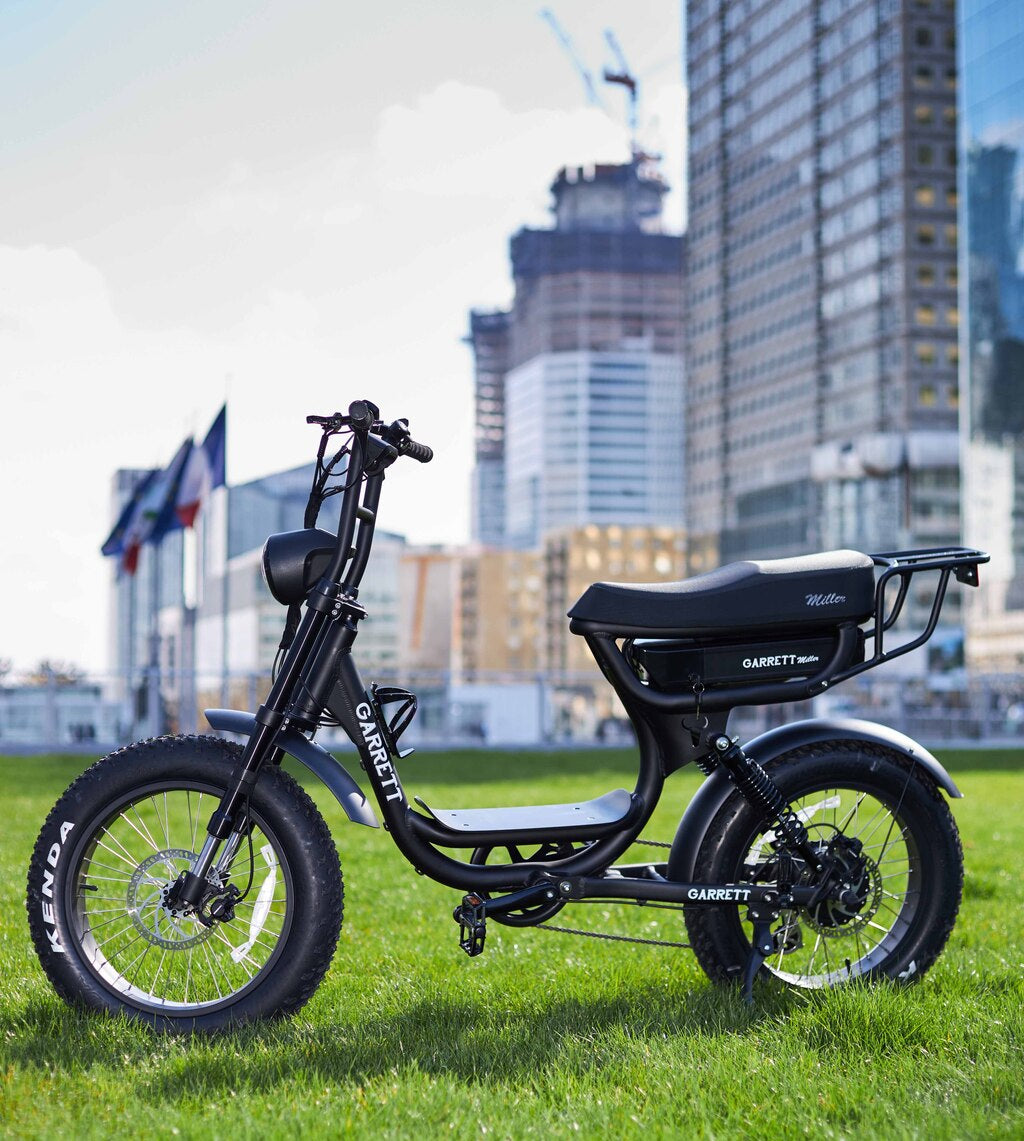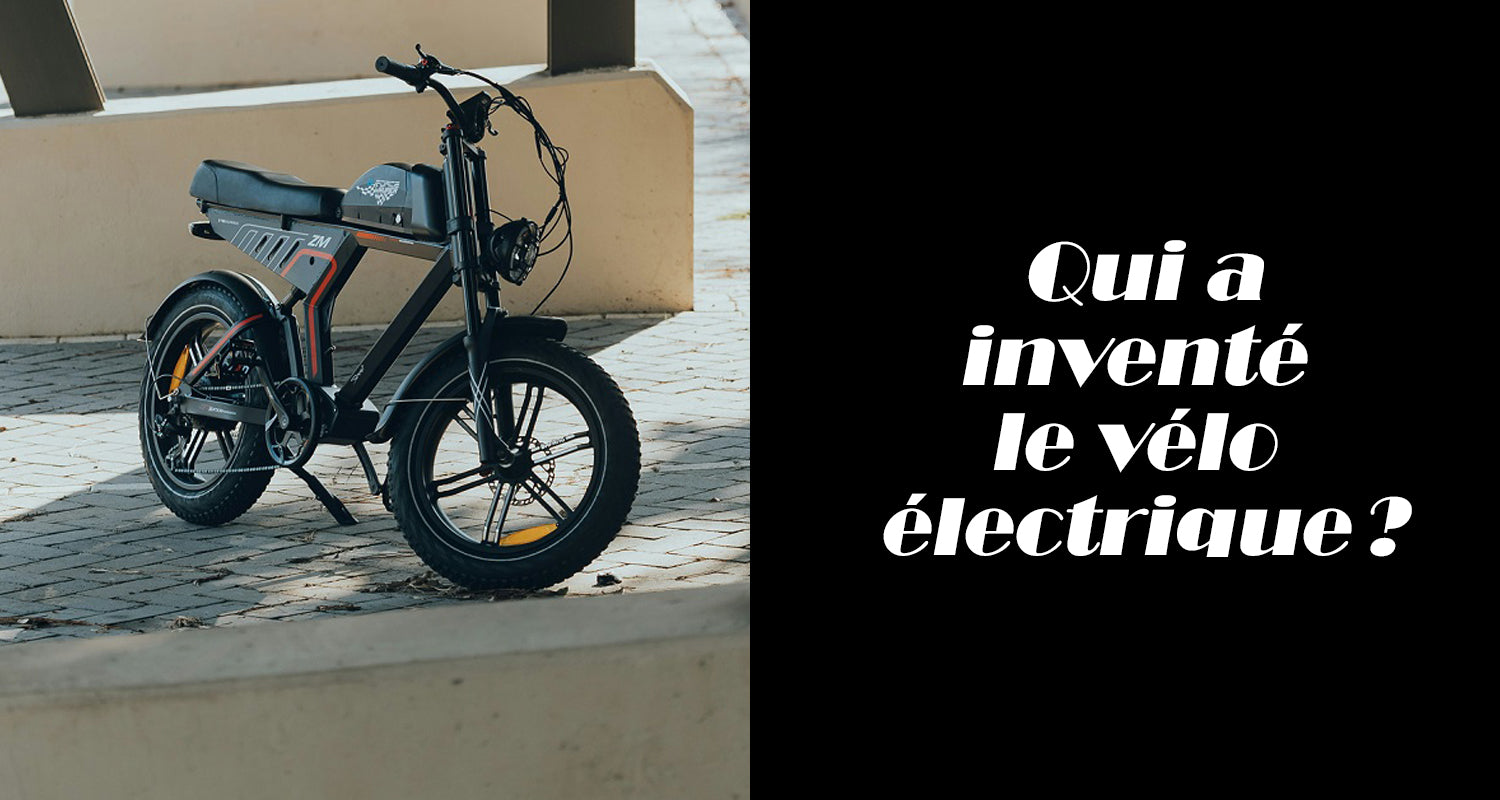More and more French people are currently purchasing an electrically assisted bicycle. This is perfectly normal when we know that this means of transport is practical and fast. Always equipped with pedals, the VAE also includes a motor running on a battery. It then allows the cyclist to exert less effort when pedaling.
Although it is possible to drive the e-bike on public roads, its use is however governed by certain very strict rules. Between the need to have certain protective accessories or the need to hold specific papers, these regulations are very clear. In this article, we invite you to discover the regulations in force in 2024 on the use of electric bicycles on the road.
What are the basic conditions for driving an e-bike?
Considered a traditional bicycle, the electric bike requires the rider to pedal to move forward. Thus, it is not strictly speaking a motor vehicle. The presence of the motor mainly helps you during your travels, especially when you are riding against the wind or on climbs. At the same time, your electric fatbike still allows you to train and practice a physical activity.
All this to tell you that an e-bike driver is therefore not required to have a driving license to drive his car. Likewise, wearing a helmet is not obligatory, although it is strongly recommended to maximize safety during bike rides. Basically, the e-bike rider must comply with the road safety rules applicable to conventional bicycles.
In compliance with these regulations, the driver of the electrically assisted bicycle can travel both on cycle paths and on the road. Still, to be able to do this, your electric cargo bike must have approval. Also, like a traditional bicycle, to be able to engage with the sidewalk, putting your feet on the ground is imperative.
The legislation in force for all bicycles in general
When you buy a brand new bike, it must meet the following criteria:
- Its adjustment and assembly must be done;
- It must include a printed manual;
- The bicycle must be equipped with an audible indicator;
- It must be equipped with rear and front lights;
- Visual signage must be on the sides, rear and front of the bicycle;
- It must be equipped with two autonomous braking devices, operating on each tire.
Each of these rules concerns both scooters and cargo bikes. And this, whether they are electric or classic.

The 2024 rules to which VAEs are subject
Aside from the global rules cited above imposed on vehicles in the cycle class, VAEs must meet additional requirements, prescribed by standard NF EN 15 194. Firstly, the law on electrically assisted bicycles stipulates that the electric assistance must start at the same time as pedaling. In principle, it should trigger when the cyclist starts pedaling and stop when they stop pedaling.
Furthermore, the maximum speed offered by the VAE assistance must not go beyond 25 km/h. As for the motor, its power must not exceed 250 Watts. VAE chargers must offer optimal safety. Finally, it must be possible to recycle the electric bike battery. These are basically the regulations to be respected by all e-bike drivers.
What about the official rule regarding wearing a helmet when eBike?
Officially, by law, passengers or cyclists under the age of 12 must wear a helmet. We also recommend it for adults and adolescents, in order to guarantee optimal driving safety. A cyclist's helmet must comply with European legislation focused on personal protection accessories. This requires that the “CE” notice remains clearly visible on helmets.
Therefore, for the helmet to fully meet the requirements of the regulations, it must include:
- The code of the CE standard;
- At the date of conception;
- His weight as well as his height;
- The designer's brand.
In addition, the cyclist is required to wear a retro-reflective vest when driving his e-bike outside the built-up area, as well as at night, or when the exterior lighting is dim. This also applies to its passenger.

Is insurance required for an electrically assisted bicycle?
Most often, insurance companies are opposed to including civil liability for electric vehicles traveling at more than 6 km/h in comprehensive home insurance. This concerns both self-balancing scooters and electric scooters. However, the electric bicycle is one of the classic bicycles, but not in the category of electric vehicles. This is because the user must pedal to move the two-wheeler.
In fact, if you cause an accident with your VAE, you can benefit from comprehensive home insurance, knowing that it can cover your civil liability. On the other hand, if you wish to obtain other guarantees, for example against fire or theft, you will need to sign an additional insurance contract.
Moreover, under no circumstances neglect the fact that insurance can be very useful to you. And for good reason, the cost of an e-bike can go up to €1500, or even €2500. This is a significant investment that should not be taken lightly. By being covered, you will be able to claim compensation and damages if your machine is stolen.
Small points of precision on the approval of the electric bicycle in 2024
Before purchasing a big-wheel electric bike or a two-seater electric bike, take the time to find out about its approval. The e-bike you buy must actually comply with safety standards to be authorized to be used in France. Otherwise, you will not be allowed to ride your bike, except on private roads, such as in your garden. It's just like when you buy a child's bike seat . Approval is a crucial element.
When purchasing your two-wheeler, make sure that the seller informs you about the approval data of the machine. The packaging thereof must bear the inscription “Complies with safety requirements”. This mention must also appear on the frame of the VAE.
To protect yourself from any inconvenience, do not forget to ask the seller to provide you with a certificate of conformity. This document is required by the authorities if you are ever stopped on the road. You will also have to present it to the insurance company, in case you wish to take out an insurance offer.
To be considered approved, an electrically assisted bicycle must comply with the few standards below:
- European standard NF EN 15 194 which we have already mentioned above. Becoming official in 2009, this standard relates to the safety requirements of the VAE and the tests carried out on the machine.
- Complies with decree 95-937 concerning the prevention of dangers arising from the use of bicycles. We have also already talked about this previously. As a reminder, this decree requires that upon delivery, the assembly of the two-wheeler must be completed at the time of delivery. It must also be supplied with instructions and be equipped with a warning device and complete lighting equipment. Certain institutions such as UTAC, CRITT or LNE are legally able to undertake various tests on bicycles and judge them as compliant or not with standards.

Electric-assisted bicycle: a moped or not?
Let's look at prescription 2002/24/EC from the committee of March 18, 2008 and the European Parliament, focused on the approval of motorized vehicles, whether equipped with two or three wheels. This confirms that the VAE is part of the category of mopeds in certain specific cases.
An electric bicycle is in fact categorized among conventional bicycles, but not among mopeds, if it complies with the following three rules, which are taken into account during the approval of the device:
- The motor must have a power of less than 250 Watts;
- The use of electric assistance must not exceed 25 km/hour;
- Electric assistance is only operational when the driver pedals.
If your two-wheeler deviates from one of these three points, it will be part of a moped and will not be considered a traditional bicycle. He will then be required to comply with the regulations in force on mopeds:
- Wearing a helmet is mandatory;
- Possession of a registration certificate;
- Registered vehicle;
- Ban on using cycle paths;
- Third party insurance coverage.
In certain cases, it happens that an VAE complies with the three rules previously mentioned, without having approval. This is why you must at all costs demand that the seller give you a certificate of conformity when you buy your electric bike.
More details on electric bike registration
As specified in the previous paragraph concerning mopeds and e-bikes, the speed of the e-bike can reach more than 25 km/hour and the engine power is greater than 250 Watts. In this case, your two-wheeler will be qualified as a moped. It will therefore need a registration number.
To begin an application for a registration certificate for an VAE, you will have to operate exactly as with a car. You will simply need to complete the online form. Otherwise, the seller from whom you purchased your bike can take care of the formalities.

